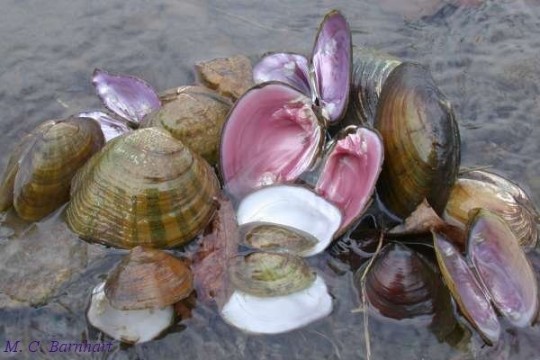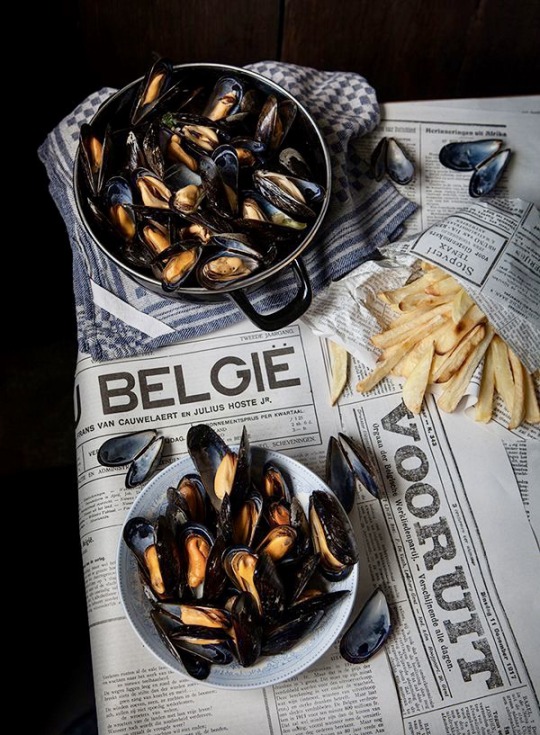#mussels
Text
By studying calcifying organisms, Leanne aims to better understand the impacts of human activity on marine ecosystems. Through her research, she hopes to influence policy that helps protect marine calcifiers in the future.
“Why is this important? The idea is that the more porous the shell, the weaker it is. Mussels need strong, robust shells to protect their inner soft organs—and that strong 3D structure is important for ecosystem function as habitat formers and storm defenses.
Currently, the changes seen in shell porosity are not large enough to influence the material properties, so we aren’t seeing weaker shells just yet. But with further warming in our oceans being predicted, this could potentially lead to even more porous shells, potentially impacting mussels’ function as habitat formers and storm defenses, as well as their ability to protect themselves from predation,” Melbourne explains.
Learn more about her research here.
#science#museum#amnh#natural history#nature#marine biology#marine ecosystem#mussels#bivalve#did you know#fact of the day#research#women in stem#climate change#conservation#earth month#earth day
212 notes
·
View notes
Text
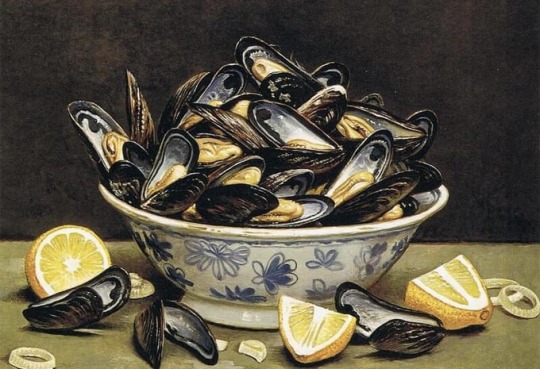
Mussels in a ceramic bowl with lemons - Gerard Victor Alphons ' Gé ' Röling
Dutch , 1904-1981
Oil, 10.5 x 15 cm.
1K notes
·
View notes
Text
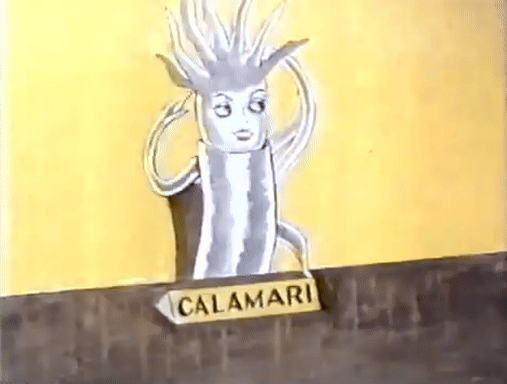
436 notes
·
View notes
Text
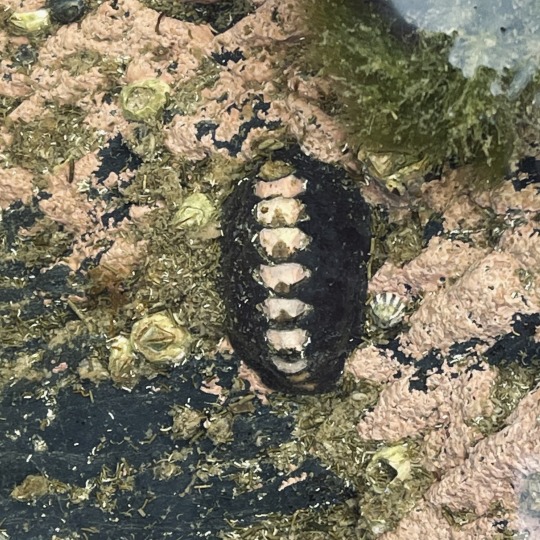
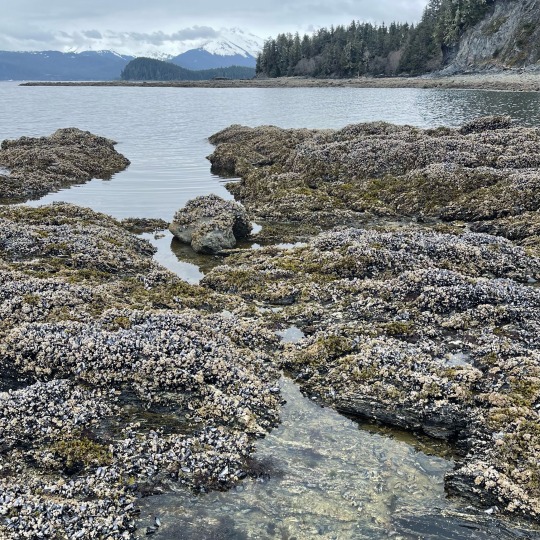

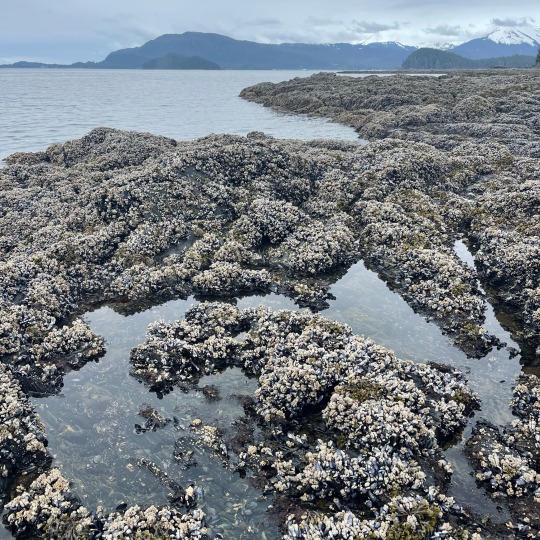
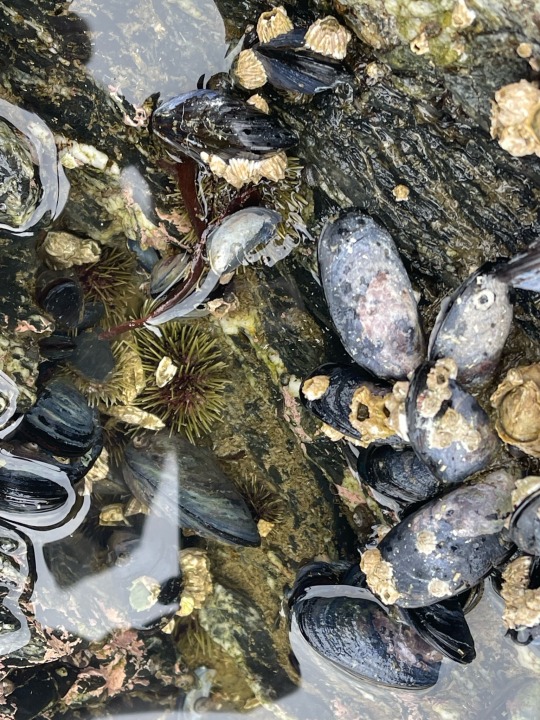


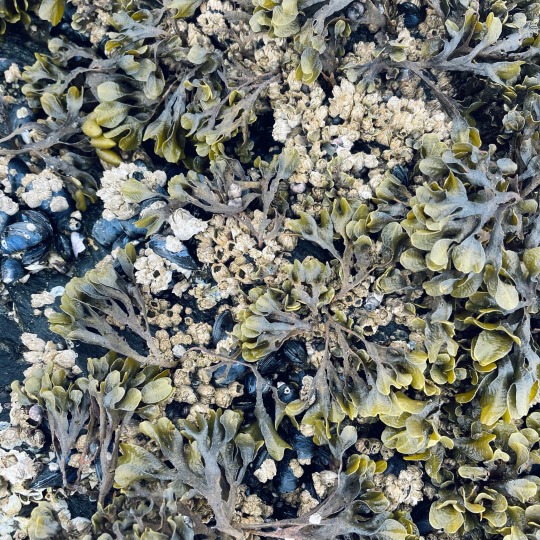
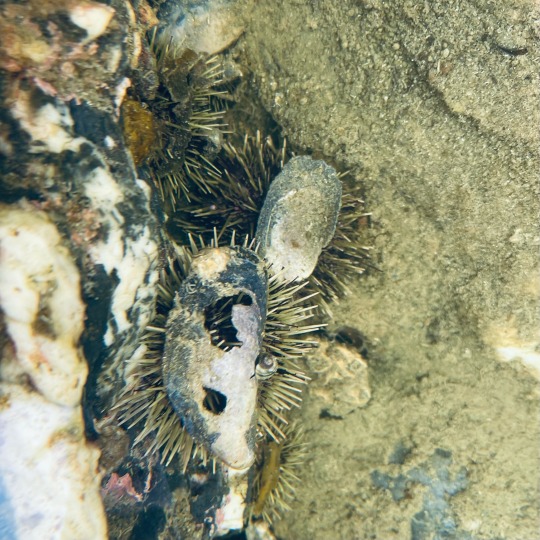
tide pooling after work
1K notes
·
View notes
Text
The Philadelphia water department is studying how best to raise freshwater mussels. Why? So they can raise an absolute shit ton and put them in our rivers. Freshwater mussels are incredibly important for filtering excess nutrients and particulates from water. By deploying a million mussels a year the water department hopes to use these critters to improve our city’s water quality! Right now they raise about 10,000 mussels a year and hope to scale up to a million a year soon!
Edit: These are native species of mussels that belong here!
1K notes
·
View notes
Text
Taxonomy Tournament: Molluscs
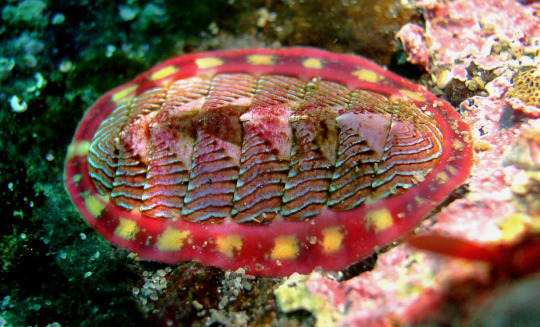
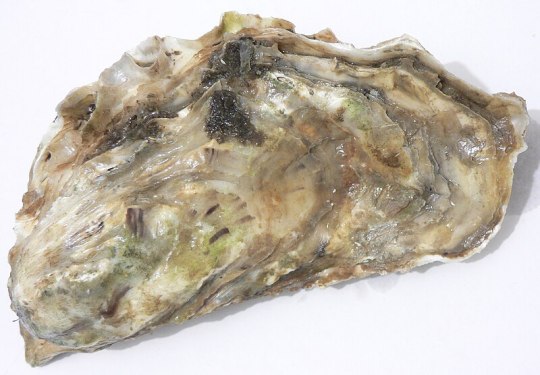
Polyplacophora. This class is made up of chitons, marine creatures that live under rocks. Their shells are made up of eight plates, protecting them while also allowing them to flex upwards or curl into a ball.
Pteriomorphia. This subclass is made up of bivalves with large gills used for feeding and rudimentary photoreceptors. Memebrs include mussels, scallops, oysters and pen shells
#animals#biology#polls#poll tournament#zoology#chitons#molluscs#spiralia#mussels#scallops#oysters#bivalves#Polyplacophora#Pteriomorphia#0xav0x35
90 notes
·
View notes
Text

Check
214 notes
·
View notes
Text
Me: Yeah, I have some pretty big mussels
Someone who has never interacted with me: you mean muscles?
Me:

#mussels#I love them so much#but I love them more because they are the easiest marine creature in the creek to catch#I do not think they love me back very much :(#marine biology
444 notes
·
View notes
Text
Fresh water mussels and the rippling of the lake.
614 notes
·
View notes
Text
"Spitting Out Water Babies"
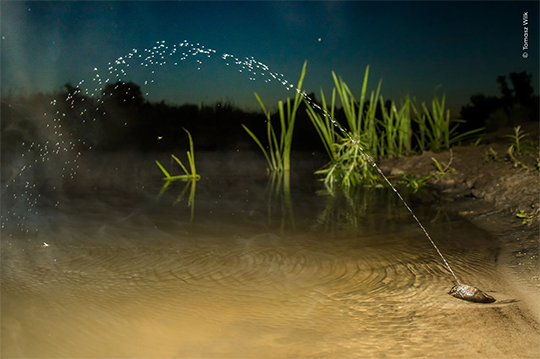
When Tomasz Wilk settled to camp one evening on the banks of a Polish river, he didn't expect to find fountains in the shallows. Though reminiscent of an archer fish's shot, this stream comes from a freshwater mussel. (Image credit: T Wilk; via Wildlife POTY)
Read the full article
90 notes
·
View notes
Photo
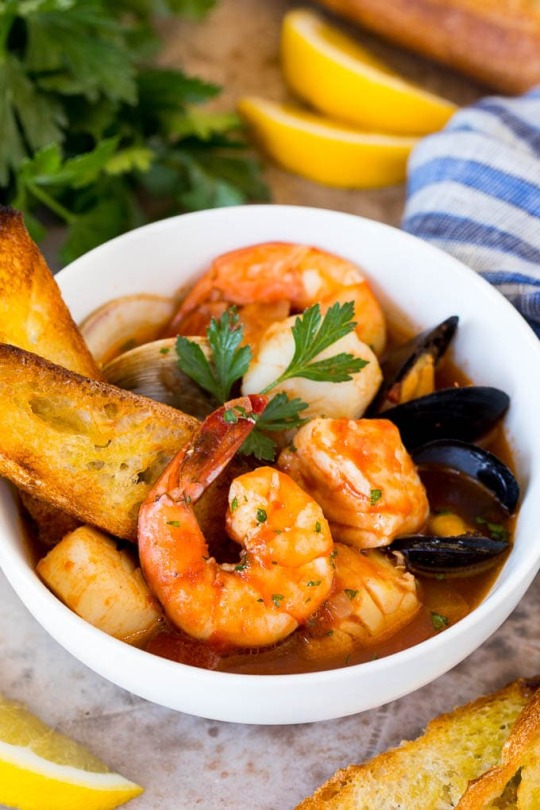
Cioppino
#cioppino#seafood#stew#shrimp#food#scallops#mussels#fish#crab#seafood stew#tomato#dinner#meal#bread#foodporn#delicious#cooking#food photography#foodgasm#recipe
670 notes
·
View notes
Text
Uncharismatic Fact of the Day
For sessile invertebrates like mussels, getting around can be quite hard. Fortunately, many freshwater species have a very special solution: following fertilization, adults string out their larvae on special lures called super-conglutinates. These lures resemble small fish which, just like a fisherman's lure, entice larger fish to come in for a bite. The larvae attach themselves to the fish's gills and get a free ride to their new habitat!
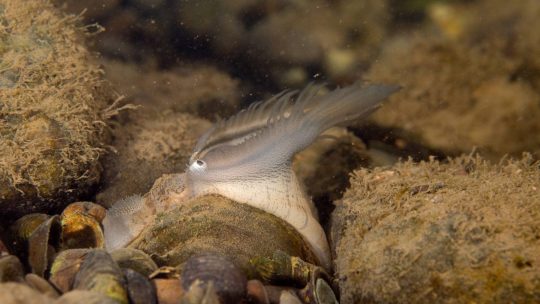
(Image: A plain pocketbook mussel (Lampsilis cardium) displaying its fishy super-conglutinate lure by Ryan Haggerty)
If you like what I do, consider leaving a tip or buying me a kofi!
88 notes
·
View notes
